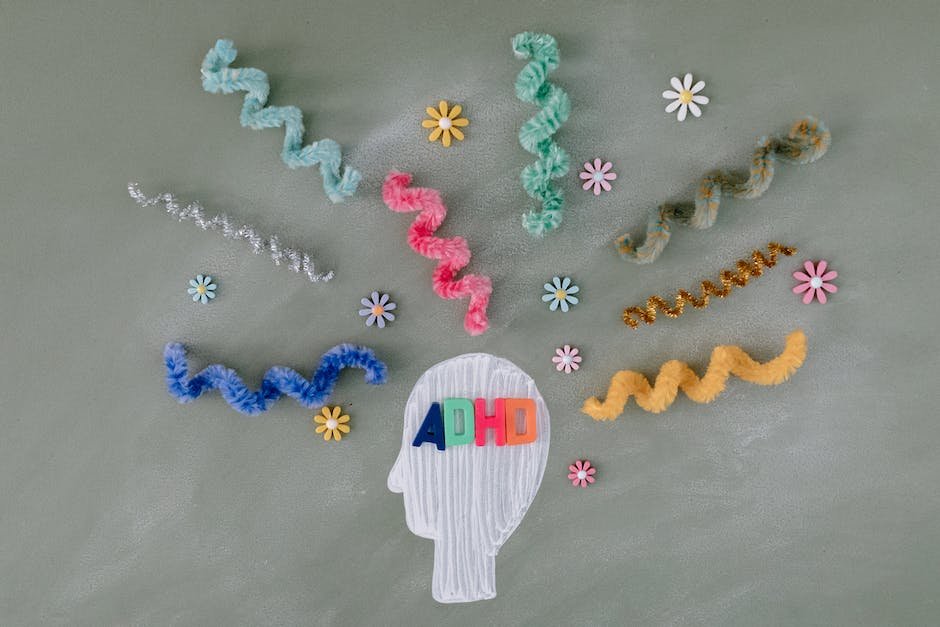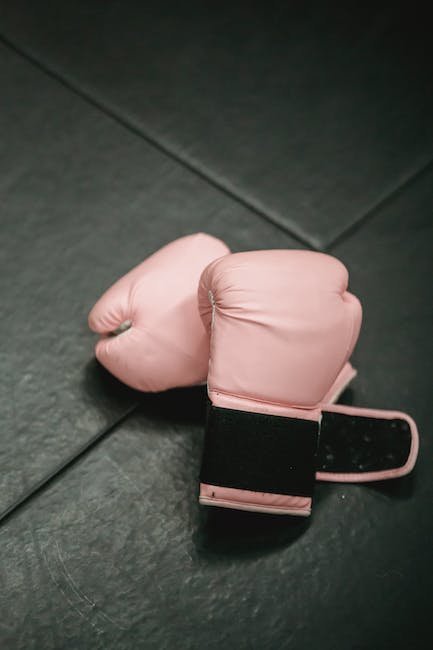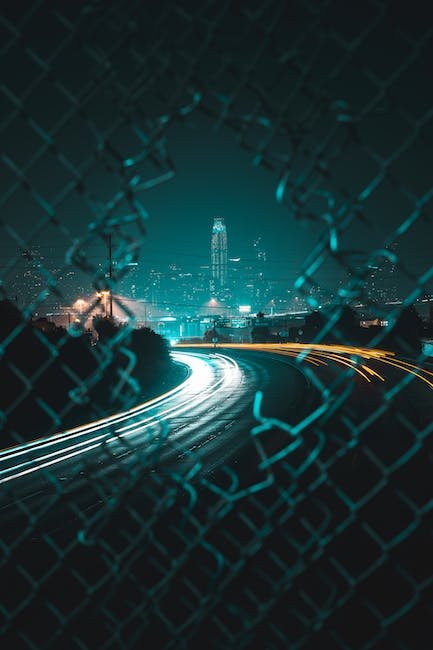Now Reading: The Importance of Situational Awareness in Urban Areas
-
01
The Importance of Situational Awareness in Urban Areas

The Importance of Situational Awareness in Urban Areas
Have you ever found yourself lost in the midst of towering buildings, surrounded by the buzz of traffic and the flurry of pedestrians? The urban jungle can be both exhilarating and overwhelming, offering a constant stream of sights, sounds, and smells. Amidst this bright tapestry of modernity, one skill holds paramount importance - situational awareness. It is the ability to observe, comprehend, and anticipate, empowering individuals to navigate through the intricate maze of city life with confidence and ease. Whether you are a resident, a visitor, or a casual passerby, cultivating situational awareness is not just desirable but essential in ensuring personal safety and enhancing the urban experience. In this article, we will delve into the significance of situational awareness in urban areas, exploring how this vital skill can profoundly impact our lives within the vibrant tapestry of urban existence.
Table of Contents
- Building Safety Starts with Situational Awareness
- Understanding the Risks in Urban Environments
- Enhancing Personal Safety through Observational Skills
- Navigating Urban Areas: Tips for Developing Situational Awareness
- Staying Alert: Recognizing Potential Threats in Urban Settings
- Q&A
- In Summary

Building Safety Starts with Situational Awareness
Building safety is not something that should be taken lightly. It requires a proactive approach and a keen sense of situational awareness. By being aware of our surroundings and potential risks, we can take the necessary steps to prevent accidents and protect ourselves and others.
Having situational awareness means being observant and attentive to detail. It means being able to recognize potential hazards, such as obstructed fire exits, faulty electrical equipment, or even suspicious behavior. By staying alert, we can quickly identify these risks and take appropriate action.
There are several ways to enhance situational awareness in a building:
- Regular inspections: Conduct routine inspections of the premises to identify any potential safety hazards or maintenance issues that need to be addressed.
- Training and education: Provide employees and residents with training on building safety protocols, emergency procedures, and how to identify and report potential risks.
- Clear communication: Ensure that everyone in the building is aware of safety protocols, emergency exits, and who to contact in case of an emergency. Keep communication channels open to encourage reporting of potential hazards.
- Collaboration and teamwork: Foster a culture of safety where everyone is encouraged to contribute to building safety. Encourage residents and employees to report any suspicious activity or potential safety concerns.
Ultimately, building safety starts with each individual’s situational awareness. By staying vigilant and actively participating in creating a safe environment, we can help prevent accidents, protect lives, and ensure the well-being of everyone in the building.

Understanding the Risks in Urban Environments
Exploring the Hazards within Urban Environments
- Heavy traffic: Urban areas are often crammed with bustling streets and highways, making them prone to traffic-related accidents. Pedestrians, cyclists, and motorists must remain vigilant at all times to avoid collisions.
- Noise pollution: Cities are notorious for their constant noise, whether it’s the blaring of car horns, construction work, or bustling nightlife. This perpetual noise can lead to stress, hearing impairments, and sleep disturbances for urban dwellers.
- Poor air quality: With increased industrial activity and vehicular emissions, urban areas often suffer from poor air quality. Exposure to pollutants can have severe health consequences, leading to respiratory problems, allergies, and even long-term illnesses.
- Crime rates: Urban environments are often associated with higher crime rates compared to rural areas. Instances of theft, robbery, and assault are more prevalent, emphasizing the need for personal safety measures and awareness.
- Urban heat island effect: Due to vast concrete and a lack of green spaces, cities tend to trap heat, causing temperatures to rise significantly. This phenomenon, known as the urban heat island effect, can lead to heat-related illnesses, particularly during heatwaves.
Understanding the risks associated with urban environments is crucial for residents and visitors alike. By being aware of these hazards, individuals can take necessary precautions to ensure their safety and well-being.

Enhancing Personal Safety through Observational Skills
Personal safety is of utmost importance in today’s world, and one way to enhance it is by developing strong observational skills. By sharpening our ability to observe and interpret the world around us, we can identify potential threats, recognize dangerous situations, and take appropriate action to protect ourselves and others.
To improve our observational skills, we can start by paying attention to our surroundings. This means actively engaging with the environment, noticing the details, and being present in the moment. By doing so, we can detect subtle changes and anomalies that may signal potential dangers.
Additionally, it is crucial to train ourselves to look beyond the obvious. Sometimes the most important information lies in the less noticeable details. By looking for patterns, anomalies, or inconsistencies, we can gather valuable insights that might help us anticipate and avoid potential risks.
Furthermore, learning how to effectively use our senses is essential. Not only should we rely on our sight, but we should also listen attentively, noticing sounds that seem out of place or raise concerns. Trusting our instincts and intuition can often be the key to detecting danger before it becomes a threat.
is achieved by:
- Being aware of our surroundings
- Paying attention to details
- Looking beyond the obvious
- Training our senses
- Trusting our instincts
By honing our observational skills, we empower ourselves to proactively protect our personal safety and the safety of those around us. It allows us to navigate through the world with confidence and be prepared to handle any unexpected situations that may arise.
Navigating Urban Areas: Tips for Developing Situational Awareness
In an urban setting, developing situational awareness is crucial for staying safe and navigating effectively. Here are some valuable tips to help you navigate urban areas while staying alert:
- Stay observant: Keep your eyes open and pay attention to your surroundings at all times. Scan the environment regularly, looking for any potential hazards or unusual activities.
- Use all your senses: Don’t rely solely on your sight. Listen for sounds that might indicate potential dangers, such as footsteps approaching too closely or a car engine revving unexpectedly.
- Trust your instincts: If something feels off or gives you a gut feeling that something isn’t right, trust yourself. It’s better to be cautious than to ignore your intuition.
- Plan your routes: Before venturing out, take the time to plan your routes in advance. Familiarize yourself with the area and identify alternative paths and safe locations along the way.
- Avoid distractions: In today’s connected world, it’s easy to get absorbed in our phones or other distractions. Keep your devices tucked away and minimize distractions to maintain focus on your surroundings.
- Blend in: Dress appropriately for the location and try to blend in with the locals. Avoid wearing flashy jewelry or carrying expensive belongings that might attract unwanted attention.
- Have an emergency plan: Be prepared for emergencies by knowing the locations of nearby hospitals, police stations, or safe spaces where you can seek help if needed.
- Travel in groups: Whenever possible, travel with others as there is safety in numbers. If you have to travel alone, let someone know your itinerary and check-in regularly.
By following these tips and remaining aware of your surroundings, you can navigate urban areas confidently while prioritizing your safety. Remember, situational awareness is a valuable skill that can be developed with practice, so stay vigilant and stay safe!
Staying Alert: Recognizing Potential Threats in Urban Settings
Navigating through bustling city streets can be an exhilarating experience, but it’s essential to remain vigilant to potential threats that may arise. By staying alert and recognizing the signs, you can ensure your safety and minimize any risks. Here are some practical tips to help you identify potential dangers in urban settings:
- Observe your surroundings: Keep your eyes and ears open, taking in the sights, sounds, and movements around you. A heightened awareness of your environment will enable you to spot any suspicious activities, unusual behaviors, or unfamiliar faces.
- Trust your instincts: Intuition can be a powerful tool. If something feels off or gives you a sense of unease, listen to your gut feeling. Often, your instincts have a way of warning you when something isn’t right.
- Identify escape routes: Familiarize yourself with the layout of the area you’re in. Locate key exits, emergency services, and well-lit public spaces. Knowing where to go in case of an emergency can make a significant difference in your safety.
Remember, being alert doesn’t mean living in fear but rather being prepared. By staying observant and trusting your instincts, you can confidently navigate urban settings without compromising your well-being. Stay safe and enjoy the vibrant energy of the city!
Q&A
Why is situational awareness important in urban areas?
Situational awareness is crucial in urban areas due to the fast-paced, dynamic nature of these environments. Being aware of our surroundings helps us identify potential threats, make quick decisions, and stay safe in busy streets or crowded places.
How does situational awareness enhance personal safety in urban areas?
By being situationally aware, individuals can identify potential hazards or risks in their surroundings, allowing them to take proactive measures to protect themselves. This includes avoiding hazardous areas, being cautious of suspicious behavior, and being alert to potential dangers.
What are some common scenarios where situational awareness is essential in urban areas?
In urban areas, situational awareness is particularly important when crossing busy streets to avoid accidents, when using public transportation to stay safe in crowded places, or when walking alone to ward off potential threats. It also applies to situations where large groups or protests are present to prevent getting caught up in unrest.
What are some practical tips to improve situational awareness in urban areas?
To enhance situational awareness, individuals should avoid distractions such as excessive phone use, stay alert to their surroundings, trust their instincts, and be observant of changes in the environment. It’s also essential to plan routes in advance and to stay informed about local news or safety advisories.
How does situational awareness contribute to the overall well-being of urban dwellers?
By being situationally aware, urban dwellers can minimize their vulnerability to accidents, identify potential risks, and navigate urban environments with confidence. It allows individuals to react quickly to potential dangers, fostering a sense of personal security and well-being in their day-to-day lives.
Can situational awareness be improved with practice?
Absolutely! Situational awareness can be honed and improved through practice. By consciously paying attention to their surroundings and consistently prioritizing situational awareness in daily activities, individuals can develop a keen sense of their environment, making it easier to spot potential dangers in urban areas.
In Summary
In a world that thrives on constant movement and ever-changing landscapes, developing a sense of situational awareness becomes more crucial than ever, especially in the chaotic urban jungles we call home. As we traverse the concrete playgrounds that seem to buzz with a life of their own, it is imperative to step out of our own bubble and truly absorb the environment around us. By doing so, we elevate mere existence to a dance of perception and anticipation, mastering the art of reading the streets and embracing the symphony of urban living.
In this fast-paced era, situational awareness becomes the uncanny ability to decode the visual cues that dance before our eyes. From the subtle twitch of a stranger’s gaze to the erratic traffic patterns, a perceptive mind becomes intimately attuned to the ebb and flow of urban life. It is a gift that unveils the hidden stories etched within the city’s fabric, allowing us to move with synchronicity, smoothing the wrinkles that separate us from our surroundings.
By fostering a keen sense of situational awareness, we unlock a wealth of advantages that stretch far beyond mere self-preservation. It enables us to navigate the labyrinthine streets with grace, effortlessly avoiding potential hazards or emerging conflicts. More than that, it empowers us to connect with our urban space on a deeper level, to extract meaning from chaos, and to grow an empathetic bond with the bustling world we inhabit.
The importance of situational awareness resides not only in its ability to heighten our individual experiences but also in its potential to shape the collective well-being of our urban communities. Through our heightened senses, we become the guardians of our surroundings, capable of detecting irregularities within our urban tapestry. A subtle shift in behavior, a broken streetlight, or even an unattended package can trigger an alarm within us, urging us to take action and ensure the safety and harmony of our shared space.
In the end, cultivating situational awareness in urban areas transcends the realm of mere practicality. It evolves into an all-encompassing mindset that immerses us in the vibrancy of the cityscape, merging our consciousness with the pulse of its existence. It is a call to truly see our surroundings, to be present in the moment, and to foster the intricate symphony that unfolds within each step we take.
So, let us not stumble blindly through the metropolis. Instead, let us embrace the extraordinary gift of situational awareness, allowing it to permeate our senses and infuse our souls with the knowledge of our urban environment. In doing so, we become the conductors of our urban symphony, orchestrating a harmonious narrative that celebrates the beauty and intricacy of the spaces we call home.
As an affiliate, my content may feature links to products I personally use and recommend. By taking action, like subscribing or making a purchase, you’ll be supporting my work and fueling my taco cravings at the same time. Win-win, right?
Want to read more? Check out our Affiliate Disclosure page.





